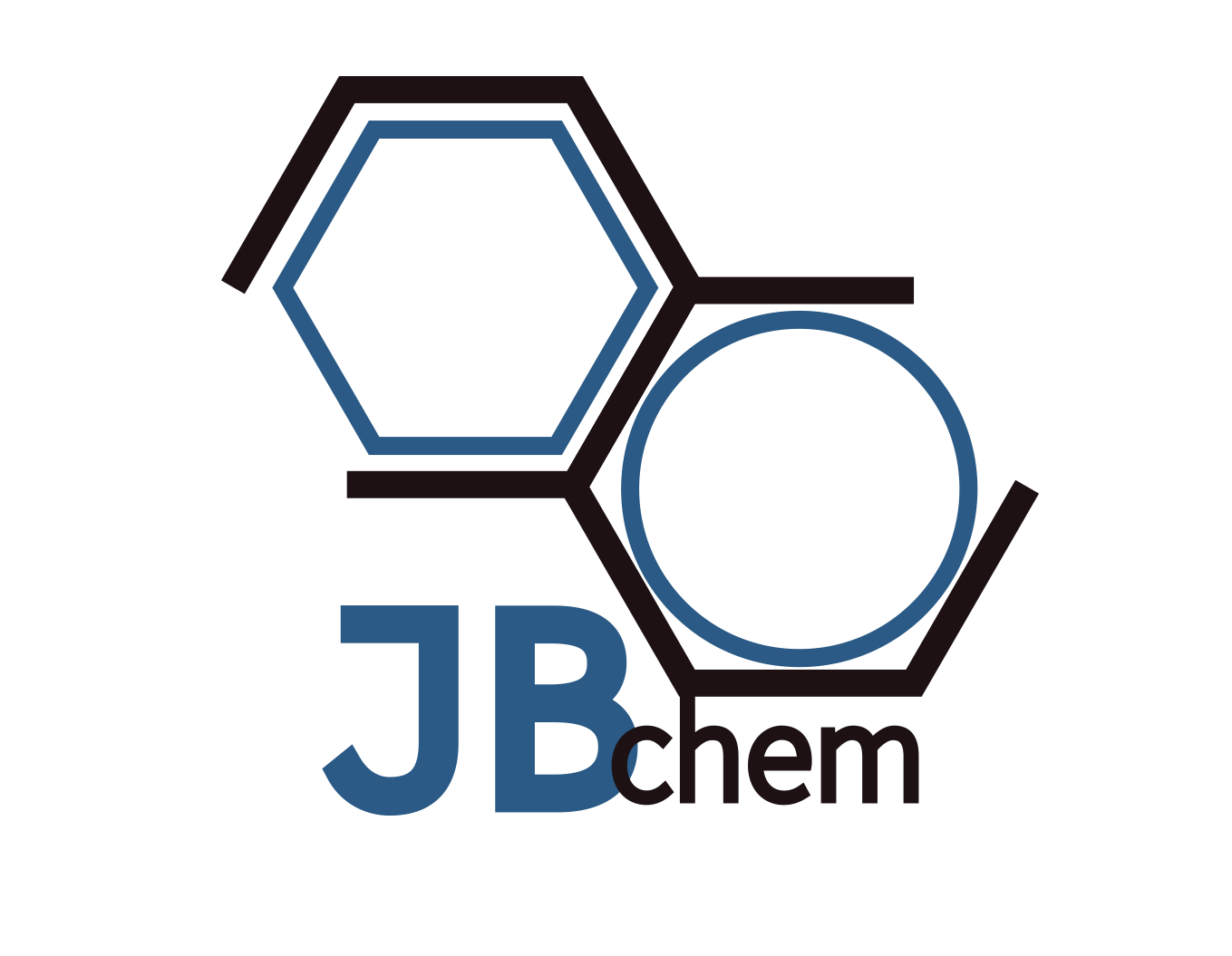Aluminum Oxide Nanoparticles/Nanopowder
Product Properties
Aluminum Oxide (Al2O3) nanopowder/nanoparticles (nm & um)
Size | Type | Particle size(nm) | Purity(%) | Specific surface area(m2/g) | Bulk density(g/cm3) | Polymorphs | Color |
nm | JB-Al2O3-001 | 10-20 | >99.9 | 85-65 | 0.25 | γ | white |
sub um | JB-Al2O3-002 | 50 | >99.9 | 58 | 0.55 | α | white |
Custom | Acccording to customers requirment. (30-800nm etc) | ||||||
Aluminum Oxide (Al2O3) Nanopowder Main Feature
Also known as nanoscale alumina, exhibits unique features due to its nanometer-sized particles.The nanoparticles have a significantly larger surface area to volume ratio compared to bulk materials. This high surface area enhances the powder’s catalytic activity and adsorption capabilities, making it more reactive and efficient in various applications. Al2O3 nanopowder contributes to improved hardness, strength, and wear resistance when incorporated into composites or coatings. These enhanced mechanical properties are valuable in applications requiring durability and resilience.Aluminum oxide is known for its high melting point and excellent thermal stability. In nanopowder form, it maintains these properties, making it suitable for high-temperature applications, such as thermal barrier coatings and refractory materials. Al2O3 is an excellent electrical insulator. Its nanopowder form is used in electronic applications where high insulation properties are required, alongside thermal conductivity, to manage heat generation effectively. Nanoscale alumina is highly resistant to corrosion and chemical attack, making it ideal for protective coatings and applications in chemically harsh environments.
Aluminum Oxide (Al2O3) Nanopowder Applications
- Polishing Compounds: Utilized in precision polishing and lapping compounds for optical glass, semiconductors, and metals due to its high hardness and abrasive properties.
- Coated Abrasives: Applied in sandpapers and grinding wheels to enhance cutting efficiency and surface finish.
- Advanced Ceramics: Used as a raw material to produce high-purity alumina ceramics for electrical insulators, cutting tools, and biomedical implants, offering enhanced strength and temperature resistance.
- Composite Materials: Incorporated into metal, polymer, and ceramic matrices to improve mechanical properties such as hardness, stiffness, and wear resistance.
- Protective Coatings: Applied to metals and alloys to increase corrosion resistance, wear resistance, and thermal protection. It’s particularly valuable in aerospace and automotive applications.
- Clear Coatings: Used on glass, plastic, and other surfaces for protective and decorative purposes, leveraging its transparency and durability.
- Electronic Substrates and Packaging: Serves as an insulating layer in microelectronics, providing excellent thermal conductivity and electrical insulation to manage heat in electronic devices.
- Dielectric Films: Utilized in capacitors and integrated circuits for its high dielectric strength and stability.

